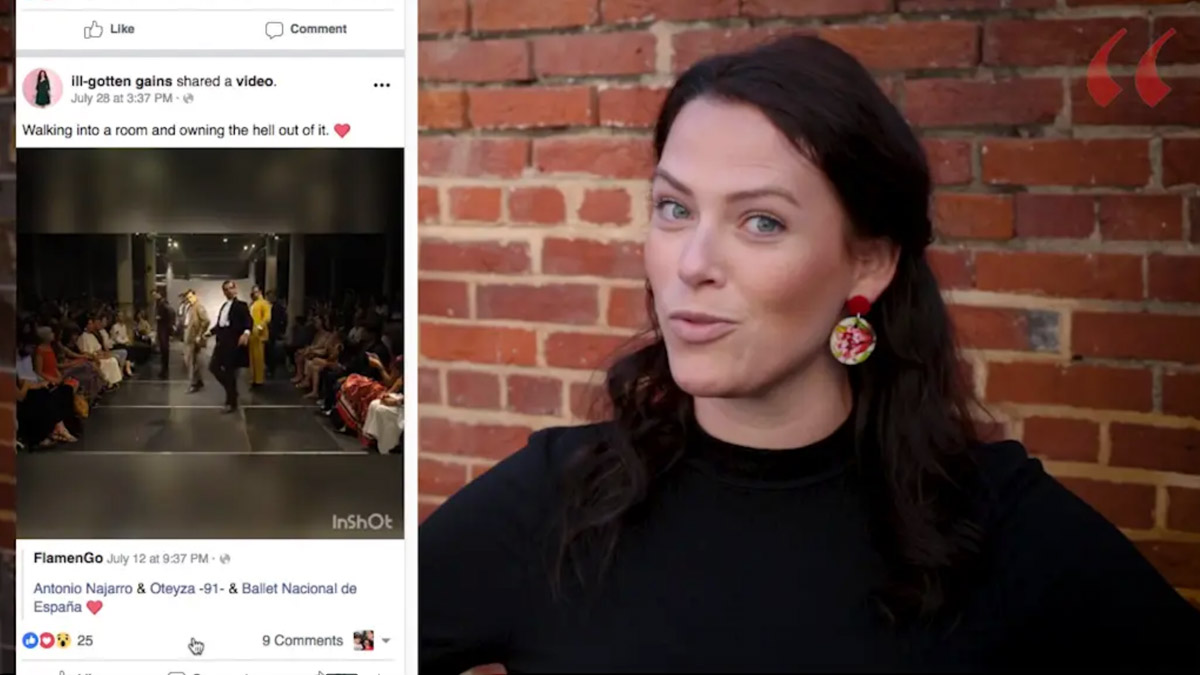

Blog: Video captions (and why you should be using them)

The rise of mobile technology has completely transformed the way we consume video online. With the majority of videos on social media now being watched on mobile devices, it naturally follows that most are being watched without sound. (Having the freedom to watch videos in places where we couldn’t previously doesn’t necessarily mean that we want everyone to know exactly what we are watching, exactly when we are watching it!)
There are a precious few seconds with which to engage a social media viewer (around three, in fact). These three seconds will determine whether a viewer feels engaged enough to stick with your video, or scroll right on past. If your video is narrated and you don’t have captions, your message is automatically lost to the majority of your audience. Give your viewers the choice, and they may just feel engaged enough to turn the sound on. At the very least, captions will mean that they’ll still be able to follow your story even if they choose to continue to watch in silence.
The advantages of captioning video reach well beyond the benefits of social media viewer engagement, though.
Search engine bots don’t interpret video; they read text. Captions act as a transcript, meaning that the content of your video becomes text-searchable and thus, bot-friendly. Videos with captions can be indexed more accurately, and rank more highly in search engine results. Captions can also be more easily translated into other languages, so the reach possibilities for your video are endless.
Unfortunately there’s not a one-size-fits all approach when it comes to captions. Some platforms make captioning easy but others will need you to source a file yourself, or upload a video with captions already edited in. Here’s what you need to know if you are natively uploading videos.
Facebook
Use the automatic caption generator, or source a file from one of many online caption providers and upload it directly.
Instagram
With no ability to caption a video, Instagram requires a video to be uploaded with captions already embedded. This needs to be done at the editing stage, so it’s important that you are clear about which platforms you plan to use to share your video.
Youtube
Use the automatic caption generator, or source a file from one of many online caption providers and upload it directly.
Twitter
With no ability to caption a video, Twitter requires a video to be uploaded with captions already embedded. This needs to be done at the editing stage, so it’s important that you are clear about which platforms you plan to use to share your video.
LinkedIn
With no ability to caption a video, LinkedIn requires a video to be uploaded with captions already embedded. This needs to be done at the editing stage, so it’s important that you are clear about which platforms you plan to use to share your video.
Vimeo
Source a file from one of many online caption providers and upload it directly.
Whichever platforms you’re working with, the important thing is to remember that adding captions to your video is best practice and it’s worth the investment of time.
To make the most of your video content, make sure you’re making the most of captions.
See more! Watch our video blog about closed captions.
Recent News
- Mellor Olsson appoints new CEO
- Playgroup reimagined: Elders and children connct at ACS's Aboriginal aged care home
- Apartment living reaches new heights with $120 million Parkline development topping out
- A Fresh Take on Strawberries: Premium Packaging that Looks as Good as it Performs
- Paper & board packaging leader unboxes new global HQ in Adelaide
- Lutheran Homes Group brings its high-quality aged care to regional Victoria in historic expansion
- Blog: The growing AI threat - what it can mean for your brand and reputation
- CH4 Global named as one of the world’s top Sustainable Development Goal leaders
- Scotch AGS Vietnam’s inaugural SACE graduates go global
- Gen Z and the future of AI
- Qantas international services return to Adelaide
- Blog: Let’s get (a)political: all you need to know about elections and public relations
- The world’s most valuable dog toy revealed in the lead up to Guide Dogs Day
- Skytrax names Adelaide as best regional airport in Australia & Pacific region
- Indonesia AirAsia To Touch Down in Adelaide for the first time in June Fares on sale today starting from just AUD$199*!
- ‘Sleep hygiene’ stocktake critical for women in daylight savings change over
- United Airlines welcomed for South Australia’s first ever direct flights to US
- West Beach Trust appoints Elinor Walker to Board
- Local student Emaan Dewanyang wins Yugo Accommodation Support Scholarship with RMIT
- Blog: Why do so many companies fail the pub test in a crisis?








